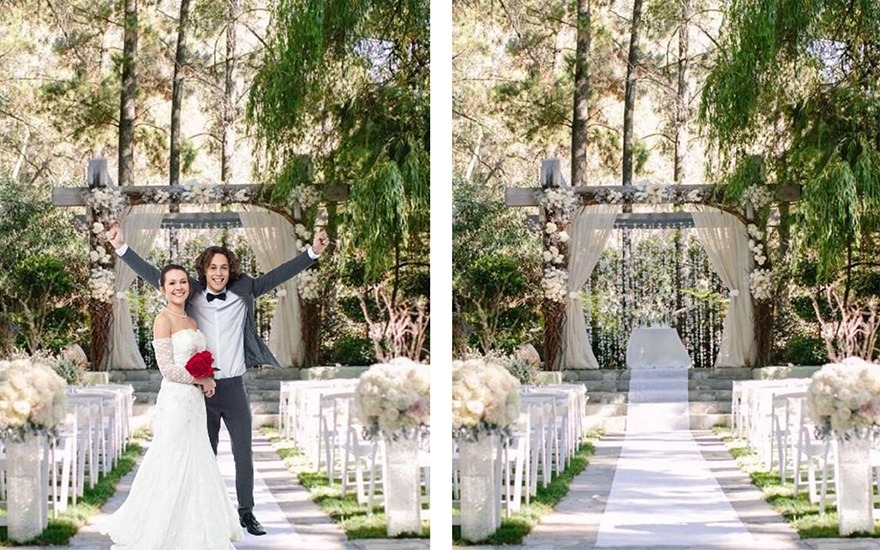Your friends raved so much about their recent trip to the Bahamas that you can already see yourself on the beach, cool drink in hand. With tickets booked, you turn to social media and user reviews—many of which include photos of the travelers themselves at the places they rate—to help you plan everything you hope to see, eat, and do.
We may not realize we’re doing it, but a study by Joann Peck, Irwin Maier Distinguished Chair in Business and a professor of marketing at the Wisconsin School of Business, finds that the presence of another human in such user-shared photos can actually make us like the location less than if it were just a picture of the venue itself.
Previous research in the field of marketing has focused on viewer reactions to social media images with varying results. Peck’s study, with co-authors Zoe Lu of Tulane University and WSB’s Suyeon Jung, is the first to look at the human presence in user experiences while also examining the viewer’s perception of psychological ownership and sense of self.
“We wanted find out whether viewers would feel a sense of psychological ownership, a ‘this could be mine’ kind of territorial feeling toward venues in the photos that were examples of what marketing calls ‘experiential consumption,’ such as a vacation destination or wedding locale,” says Peck, whose pioneering body of research has examined consumer behavior on everything from haptics (sense of touch) and retail products to how we can steward a public resource that we don’t even own.

“We also were looking at a special type of experience—one that was identity-relevant, or an experience that could communicate a person’s self-identity, such as their wedding venue, compared to a more mundane experience, such as being a wedding planner and selecting a venue,” Peck says. “If an experience is identity-relevant, seeing a person in a photo of a venue results in viewers feeling that that person in the photo already feels the venue is ‘theirs’ so the viewer is less interested. Given that assumption, we were expecting that they then might feel a greater sense of discomfort seeing the photos of others appearing in ‘their’ chosen wedding venue, or ‘their’ dream vacation, for example. It feels like ‘theirs’ so it can’t be mine!”
Across six studies, one of which analyzed 14,725 Instagram photos from a top social media travel influencer, the findings suggest that human presence in the photos did lower viewer preference for the venue or destination. However, it was mitigated by identity-relevant experiences in two of the studies.
In the fifth and sixth studies, Peck and co-authors included different types of people in the photo: those that may threaten the identity-signaling purpose of ownership and those that did not. Some individuals seen in the pictures were not a threat to the viewer’s feeling of ownership, such as a restaurant owner pictured in the restaurant for a special anniversary dinner compared to other customers pictured. As expected, there was no drop in viewer preference when the person in the photo was not seen as a threat to their ownership feeling. However, when that photo included what the viewer considered a threat to their experience, such as other customers, viewer preference dipped again for studies five and six. Similarly, if the experience was not identity-relevant and hence more mundane—such as being a wedding planner and planning a wedding versus planning one’s own wedding—people in the photo were not a threat.
The study therefore holds clear implications for marketers, Peck says: Use caution when choosing previous customers for advertising and marketing materials for special experience venues so that viewers are not “competing” with that human presence in the photos.
“Given that more than half of the photos on the popular wedding site, The Knot, includes a couple, this finding is not obvious,” says Peck. “For a special occasion, viewers want to feel like the venue could be ‘theirs’ and does not already belong to others. This can be easily remedied by not including other customers in the photos.”
Tags:
